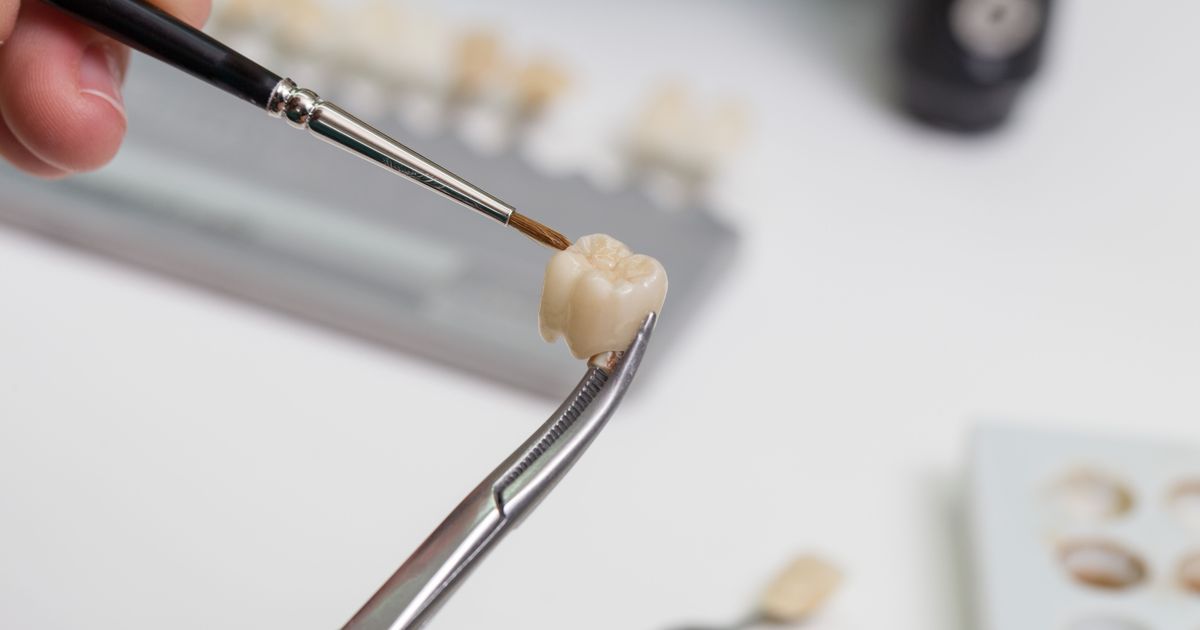How To Treat Enamel Hypoplasia
Options For Fillings

Patients with enamel hypoplasia are at an increased risk of developing cavities. There are several options for fillings patients can discuss with their dental care provider. Traditional amalgam fillings are made with a special combination of various metals that are both strong and durable, especially on chewing surfaces. Amalgam fillings are strong, but they have an obvious silver color, as gold fillings are distinct as well. Tooth-colored fillings are definitely more attractive and made with a composite resin that can be tinted to closely match the color of an individual's natural teeth. Additionally, composite resin can be used on tooth surfaces to add strength and cover some discolorations.
Continue reading for more information on how to treat enamel hypoplasia now.
Dental Crowns

If any of a patient's teeth are damaged and require very large fillings or a root canal, dental crowns might be a good option. Crowns cover the entire tooth, adding strength and protection while preserving the tooth's structural integrity. A crown can give the appearance of a completely healthy tooth. Patients can still chew, speak, and do all of the things they could with their natural tooth, but with additional protection that was not being provided by damaged tooth enamel due to enamel hypoplasia. It is important to note much of the tooth surface must be removed before having a crown placed, so this treatment is best reserved for teeth that might otherwise be lost without it.
Discover more options for treating enamel hypoplasia to great success now.
